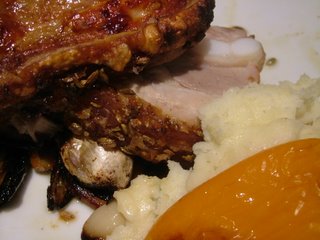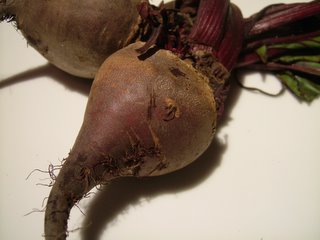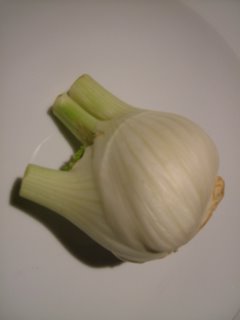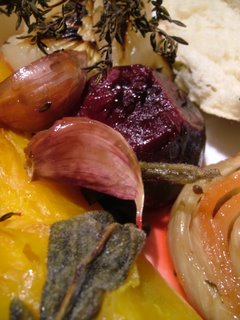Granny Sue, I should explain, is not my granny. She’s the granny of a friend, and creator of the world’s greatest cheese biscuit recipe. Last time we visited, her grandson’s lovely wife produced a dish of Granny Sue’s most excellent biscuits, and kicked half the batch she made up a notch with a sprinkle of cumin seeds. I waited until they were both rendered soft and giving with drink, and demanded the recipe: here it is, unaltered by me aside from the addition of some more whole spices.
The unholy amount of butter and cheese in these makes for an intensely crisp, rich finish – I defy you not to scarf the lot in about five minutes flat.
To make about 25 toothsome little biscuits, you’ll need:
60g plain flour
60g sharp Cheddar cheese
60g salted butter
1 egg yolk
1 heaped tablespoon whole-grain mustard
Water
20g Parmesan cheese
1 tablespoon each fennel seeds, cumin seeds and coriander seeds
Put the butter in the freezer for 20 minutes, while the oven heats to 200°C (400°F). Sieve the flour from a height, making sure you get plenty of air into it, into a large mixing bowl, and grate the Cheddar cheese into it. Grate the frozen butter into the bowl, and use a knife to mix the butter, cheese and flour together well. Add the egg yolk and the mustard to the bowl with a little water (the amount of water you’ll need to make a soft dough will vary according to the conditions on the day you make the biscuits) and mix with the knife until you have a dough which comes together nicely without sticking.
On baking sheets, form teaspoons of the mixture with your fingers into little rounds or lozenges about half a centimetre thick – it’s fussy but rather nice to create a different shape for each of the three different spices you’ll be using. Sprinkle a pinch of grated Parmesan on each one, then a pinch of one of the spices. I made a third of my batch of biscuits with cumin, a third with coriander and a third with fennel. Press the top of each biscuit gently with your finger to make sure the whole spices are firmly engaged with the cheese. Bake for 12 minutes until the biscuits are sizzling and golden. Cool on the baking sheets for ten minutes, then transfer to a wire rack to finish cooling. Serve with drinks before dinner.






